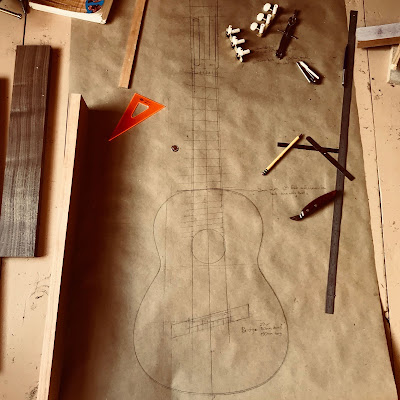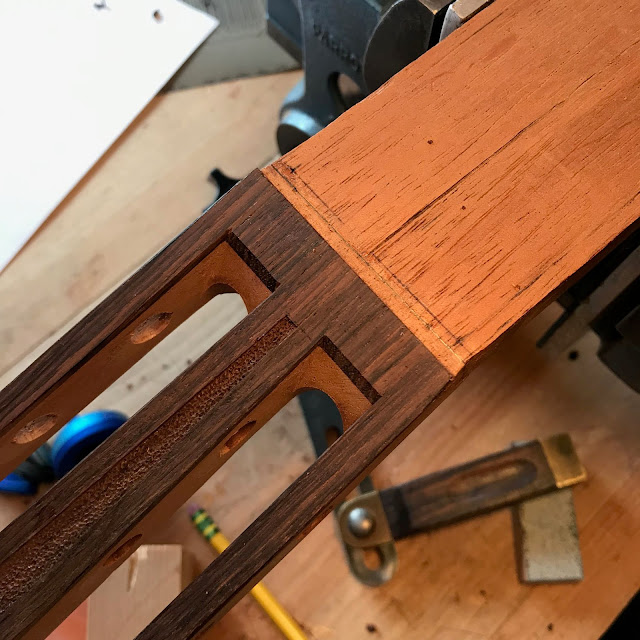Posts
Showing posts from 2018
On the Workbench - Redwood/Curly Walnut Hernandez y Aguado Style Guitar, Part 1
- Get link
- X
- Other Apps
The Best Ingredients for a Fine Wood Finish
- Get link
- X
- Other Apps
Building an Eight String "Brahms" Classical Guitar, Part One
- Get link
- X
- Other Apps
An Unorthodox Nicholson-Style Workbench
- Get link
- X
- Other Apps
Want to Hear What a Wilson Burnham Guitar Sounds Like?
- Get link
- X
- Other Apps
SOLD! 2017 Redwood/East Indian Rosewood Classical Guitar
- Get link
- X
- Other Apps
The Impractical Guitar Maker - Why I Make Guitars, Part One
- Get link
- X
- Other Apps








